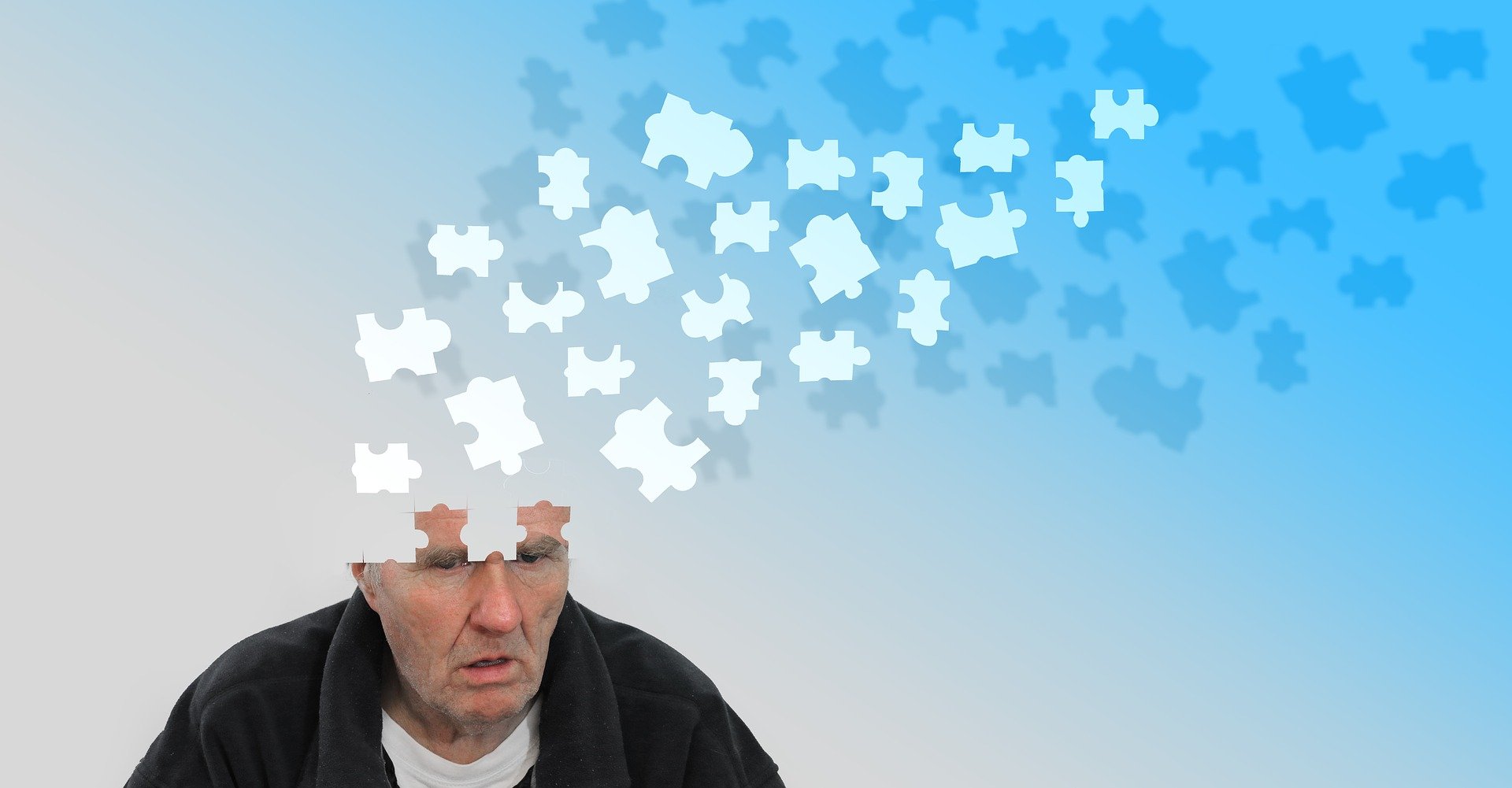Alzheimer’s disease, named after the doctor who first described it (Alois Alzheimer), is a physical disease that affects the brain and is the most common type of dementia.
During the course of the disease, proteins build up in the brain to form structures called ‘plaques’ and ‘tangles’. This leads to the loss of connections between nerve cells, and eventually to the death of nerve cells and loss of brain tissue.
People with Alzheimer’s also have a shortage of some important chemicals in their brain. These chemical messengers help to transmit signals around the brain. When there is a shortage of them, the signals are not transmitted as effectively, and some messages do not get through. This may be a gradual process and some people will slowly develop symptoms over time.
For most people, the first signs of Alzheimer’s are problems with memory – in particular, difficulties recalling recent events and learning new information. This is because early on in Alzheimer’s the damage is usually to a part of the brain called the hippocampus. This has a big role in day-today memory. However, the person’s memory for events that happened a long time ago is not usually affected in the early stages.
As Alzheimer’s disease progresses, memory problems will usually affect someone’s daily life more and they may forget what they are doing and may have difficulty following conversations or may repeat themselves.

Vascular dementia is caused by reduced blood supply to the brain due to diseased or damaged blood vessels.
To be healthy and function properly, brain cells need a constant supply of blood to bring oxygen and nutrients. Blood is delivered to the brain through a network of vessels called the vascular system. If the vascular system within the brain becomes damaged - so that the blood vessels leak or become blocked - then blood cannot reach the brain cells and they will eventually die.
This death of brain cells can cause problems with memory, thinking or reasoning. Together these three elements are known as cognition. When these cognitive problems are bad enough to have a significant impact on daily life, this is known as vascular dementia.
Vascular dementia will usually get worse over time. This can happen in sudden steps, like small strokes, with periods in between where the symptoms do not change much, but it's difficult to predict when this will happen.
Symptoms include:
Lewy Body Dementia is much less common as a principle diagnosis. Lewy bodies are named after the German doctor who first identified them. They are tiny deposits of a protein (alpha-synuclein) that appear in nerve cells in the brain. Researchers don't have a full understanding of why Lewy bodies appear, or exactly how they contribute to dementia.
Lewy bodies are the cause of Lewy Body Dementia and Parkinson's disease. They are two of several diseases caused by Lewy bodies that affect the brain and nervous system and get worse over time. These are sometimes called Lewy body disorders.
People with Lewy Body Dementia often experience similar symptoms with cognition but also commonly have visual and auditory hallucinations and have problems with focus and concentration. Many people with this type of dementia say that they hear or see a crying baby which can cause distress as they feel they have to comfort the child.
Other signs include uncoordinated or slow movement, tremors, and rigidity (parkinsonism).
The word ‘frontotemporal’ refers to the lobes of the brain that are damaged in this type of dementia. The frontal lobes of the brain, found behind the forehead, deal with behaviour, problem-solving, planning and the control of emotions. An area of usually the left frontal lobe also controls speech.
The temporal lobes – on either side of the brain – have several roles. The left temporal lobe usually deals with the meaning of words and the names of objects. The right temporal lobe is usually involved in recognising faces and familiar objects.
Frontotemporal dementia occurs when nerve cells in the frontal and/or temporal lobes of the brain die, and the pathways that connect the lobes change. Some of the chemical messengers that transmit signals between nerve cells are also lost. Over time, as more and more nerve cells die, the brain tissue in the frontal and temporal lobes shrinks.
When the frontal and/or temporal lobes are damaged in this way, this causes the symptoms of FTD. These include changes in personality and behaviour, and difficulties with language. These symptoms are different from the memory loss often associated with more common types of dementia, such as Alzheimer’s disease.
The following video was made by NHS England.